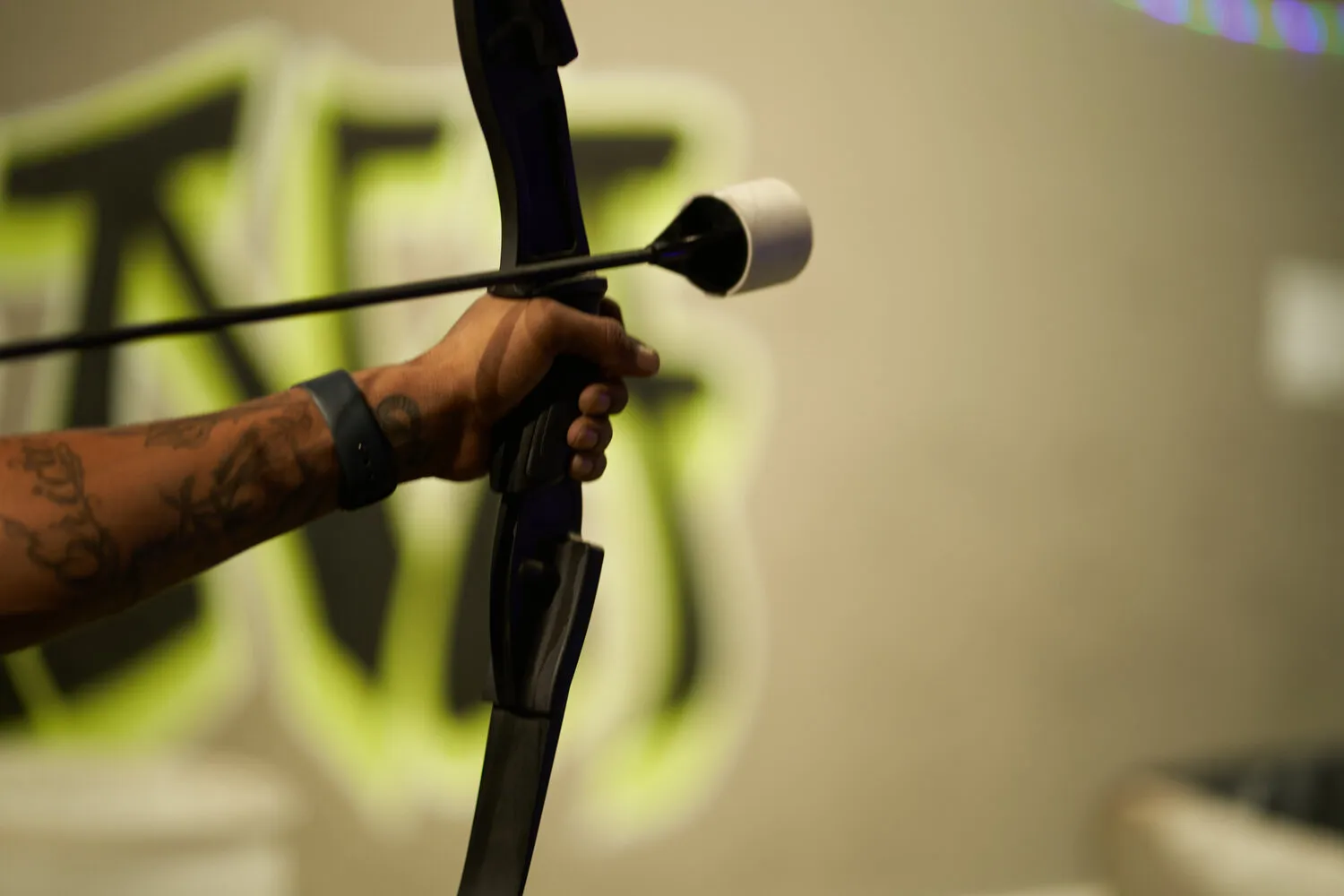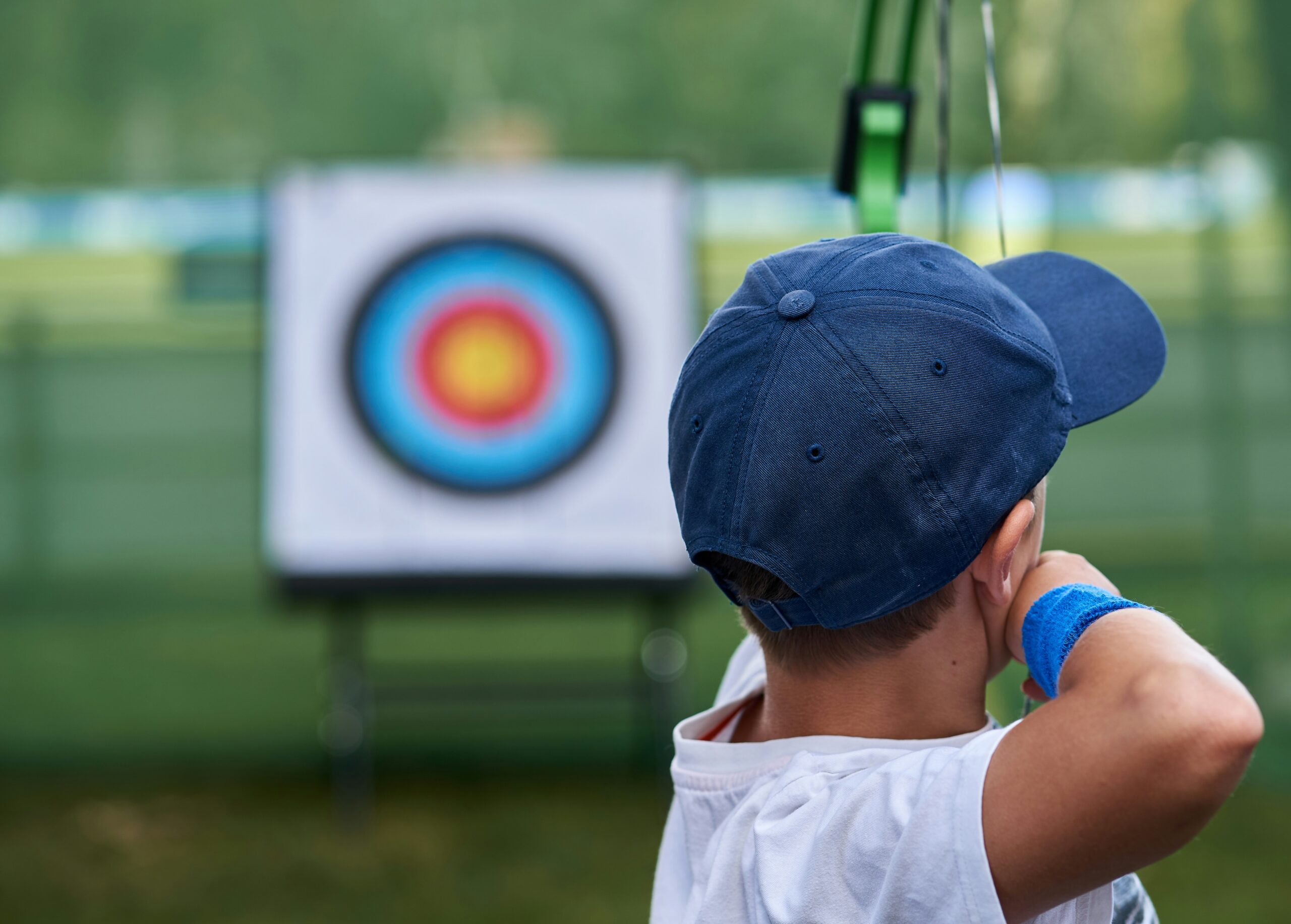Understanding safety protocols for Arrow Tag is crucial for ensuring a fun and secure experience for all participants. Whether planning a team-building event or seeking a new activity, adhering to these safety measures can prevent accidents and promote a positive gameplay environment. This article outlines effective safety protocols, equipment standards, and emergency preparedness to enhance your Arrow Tag experience.
Key Takeaways
- Adhering to safety protocols significantly reduces injury risk in Arrow Tag.
- Proper protective equipment is essential to safeguard players during gameplay.
- Setting up a secure play area mitigates hazards and promotes safe movement.
- Emergency preparedness must include trained staff and accessible first aid resources.
- Ongoing evaluation of safety measures fosters a safer gameplay environment.
What Are Arrow Tag Safety Protocols?

Arrow Tag archery safety protocols are guidelines designed to protect players from injury during gameplay. These protocols include using protective gear, setting up a secure play area, and implementing safety procedures during gameplay.
Importance of Structured Guidelines
Structured safety guidelines form the foundation of a secure and enjoyable Arrow Tag experience. They ensure that all players, regardless of age or skill level, know the expectations for behavior and the rules designed to minimize risks. When participants understand that specific protocols exist to safeguard their well-being, it creates a more respectful and controlled environment. Clear guidelines covering equipment use, player conduct, and arena navigation prevent injuries and foster a culture of accountability where safety is viewed as a shared responsibility.
Role of Supervisors in Enforcing Protocols
Supervisors or referees are critical to consistently upholding safety protocols throughout gameplay. Their presence allows for real-time monitoring of player behavior, immediate intervention when rules are violated, and guidance for maintaining a fair and secure match. Effective supervisors balance the need for fun with strict adherence to safety rules, using whistles, hand signals, or verbal commands to keep the energy high without compromising player security. Their active involvement sends a strong message that safety is a top priority.
Communicating Rules to Participants
Before gameplay begins, it is vital to communicate all safety protocols clearly to participants through briefings, demonstrations, or printed materials. Players should understand not only what the rules are but also why they are in place. By educating participants about the risks involved and the purpose behind each guideline, organizers empower players to take ownership of their safety and that of their peers. Consistent reinforcement of these rules throughout the event ensures they remain at the top of the mind during the action.
What Are the Protective Equipment Standards for Arrow Tag?

Protective equipment in Arrow Tag is vital for safeguarding players from potential injuries. Each player must wear approved protective gear, including face masks, padded vests, and arm guards, which help minimize the risk of injury from bow and arrow impacts. Studies show that proper protective gear can reduce injury incidence by up to 75%, making it an essential part of any Arrow Tag session.
Essential Protective Gear Requirements
Arrow Tag requires a comprehensive set of protective gear to shield players from impact injuries during gameplay. Face masks protect the eyes, nose, and mouth from accidental hits, while padded vests cushion the torso against incoming arrows. Arm guards provide additional coverage for vulnerable limbs, reducing the risk of bruises or abrasions. Each piece of equipment must meet standardized safety criteria and fit properly to offer maximum protection without limiting mobility or comfort.
Regular Inspection and Maintenance of Gear
Maintaining the integrity of protective equipment is just as important as using it. Organizers should conduct routine inspections before every session to check for wear and tear, ensuring that masks are intact, padding remains firm, and straps and fasteners function correctly. Faulty or damaged gear must be replaced immediately to avoid compromising player safety. Implementing a maintenance schedule and assigning responsibility to trained staff can prevent accidents caused by equipment failure.
Educating Players on Proper Gear Usage
Players must be trained not just to wear protective gear but to wear it correctly. Misaligned face masks, loose-fitting vests, or improperly secured arm guards can dramatically reduce the effectiveness of the equipment. Before each game, supervisors should conduct quick visual checks and assist players in making necessary adjustments. Simple demonstrations and reminders can reinforce good habits, helping players develop a sense of personal responsibility toward their safety and that of their teammates.
How Should You Set Up a Secure Arrow Tag Play Area?

Setting up a secure play area for Arrow Tag involves ensuring the environment is safe and suitable for gameplay. Areas should be free from sharp objects, heavy obstacles, or hazards that can cause injury. Additionally, marking the boundaries of the play area can help manage player movement and prevent accidental exits from the field.
Eliminating Environmental Hazards
A secure Arrow Tag arena begins with the careful elimination of environmental hazards. Organizers must sweep the area for debris, sharp objects, unstable surfaces, or anything else that could cause injuries during fast-paced gameplay. Soft barriers, cushioned floors, and obstacle placements that minimize collision risks create a safer playing field. Thorough preparation of the environment significantly reduces the likelihood of accidents, allowing players to move freely and focus entirely on the game.
Establishing Clear Boundaries
Marking clear boundaries is essential for controlling player movement and preventing gameplay from spilling into unsafe zones. Brightly colored lines, cones, or physical barriers help players stay within designated areas, reducing confusion during intense matches. Clear boundary markers also make it easier for referees to enforce rules, ensuring players respect the play area limits. Consistent boundary reinforcement maintains the game’s structure and helps avoid collisions or accidents outside the intended space.
Designing Safe Game Layouts
The overall play area layout should promote both exciting gameplay and safe movement. Obstacles should be placed strategically to encourage tactical play without creating bottlenecks that could lead to dangerous pile-ups. There should be sufficient space between barriers for players to dodge, shoot, and maneuver safely. Organizers must also consider visibility, ensuring that sightlines are open enough for players to see opponents and obstacles, minimizing unexpected collisions, and promoting fluid, dynamic play.
What Are the Safety Procedures During Arrow Tag Gameplay?

Safety procedures during Arrow Tag gameplay include enforcing rules to prevent unsafe behavior, such as running without awareness of surroundings or aiming at players in vulnerable positions. Supervisors should frequently communicate safety reminders and monitor gameplay to address unsafe acts immediately. These procedures help foster a safety-minded culture among players, ensuring everyone knows their actions and surroundings.
Enforcing Safe Play Conduct
A critical component of in-game safety involves strictly enforcing rules around player behavior. Running blindly, aggressive body contact, and aiming at areas like the head or neck must be prohibited and penalized if necessary. Supervisors must monitor for reckless actions and intervene immediately to prevent escalation. Setting a tone of respectful competition from the outset ensures that the game remains fun while minimizing the risk of injury.
Monitoring Fatigue and Player Condition
Fatigue can significantly impair reaction times and judgment, leading to a greater risk of accidents. Supervisors should be trained to recognize signs of exhaustion, dehydration, or overexertion among players. Regularly scheduled breaks, hydration reminders, and optional substitutions keep players fresh and alert. Monitoring player condition throughout the event helps maintain performance quality and safety.
Providing Immediate Safety Briefings Mid-Game
Occasionally, it may be necessary to pause the game to conduct brief, real-time safety reminders if risky behaviors are observed. Quick mid-game interventions help reset player focus without significantly interrupting the game’s flow. Reinforcing safety standards as needed demonstrates that player wellbeing is an ongoing priority, ensuring that the competitive spirit does not overshadow basic precautions.
How Can You Prepare for Emergencies on the Field?

Emergency preparedness on the Arrow Tag field entails having a solid plan to address injuries or other unexpected incidents. Designating a first aid officer and having fully stocked first aid kits available is critical. Regular training and drills can empower players and staff to respond effectively in emergencies, minimizing response times and ensuring player safety.
Designating Trained Emergency Responders
Assigning trained first aid responders for each Arrow Tag session ensures that any injuries are addressed promptly and professionally. These individuals should be certified in basic first aid and CPR and equipped to manage common sports injuries such as sprains, bruises, or minor cuts. Knowing that trained personnel are on-site provides peace of mind to both players and organizers.
Ensuring Accessible First Aid Stations
First aid stations should be prominently located and fully stocked with bandages, antiseptic wipes, ice packs, splints, and other essential supplies. Clear signage and announcements about the location of medical assistance reinforce player awareness and facilitate rapid response during emergencies. Having mobile first aid kits that can be quickly brought into the field can further enhance readiness.
Conducting Emergency Drills Regularly
Running periodic emergency drills prepares staff and players to respond effectively when real incidents occur. Simulated scenarios such as a player injury, a fire evacuation, or a medical emergency teach everyone the procedures and roles involved. Practicing these responses minimizes panic and confusion in emergencies, ultimately creating a safer and more organized environment.
How Do You Evaluate and Improve Safety Measures Continuously?

Ongoing evaluation and improvement of safety measures should be integral to Arrow Tag events. This can be achieved through regular feedback sessions with players, analysis of incident reports, and consultation with safety experts. Organizations can significantly enhance participant safety and improve overall gameplay enjoyment by continuously refining safety protocols.
Gathering Feedback from Participants
One of the most effective ways to refine safety measures is to gather feedback from those directly involved—players, supervisors, and staff. Post-game surveys, comment cards, or informal discussions can highlight overlooked hazards, unclear rules, or suggestions for improvement. Listening to firsthand experiences ensures that future safety protocols are practical, player-focused, and responsive to actual needs.
Reviewing Incident Reports Thoroughly
Every injury, near-miss, or safety violation should be documented and analyzed to identify patterns and underlying causes. A robust reporting and review process enables organizers to pinpoint problem areas, such as specific obstacles, confusing rules, or supervision gaps, and implement corrective actions swiftly. Learning from incidents, even minor ones, helps prevent more serious problems in the future.
Staying Updated on Safety Best Practices
Arrow Tag archery organizers should stay informed about evolving safety standards in sports and recreational activities. Attending workshops, networking with other event organizers, and consulting industry experts can offer valuable insights into new equipment, updated rules, and innovative safety practices. Committing to continuous education ensures the Arrow Tag experience remains exciting and consistently safe for all participants.
Conclusion
Prioritizing safety in Arrow Tag is essential for a successful and enjoyable experience. By implementing comprehensive safety protocols and ensuring players are well-informed, you can create a secure environment where everyone can play actively and fearlessly. Maintaining consistent evaluations and adapting to new safety insights will enhance player safety, making Arrow Tag a fun and safe activity for all.

